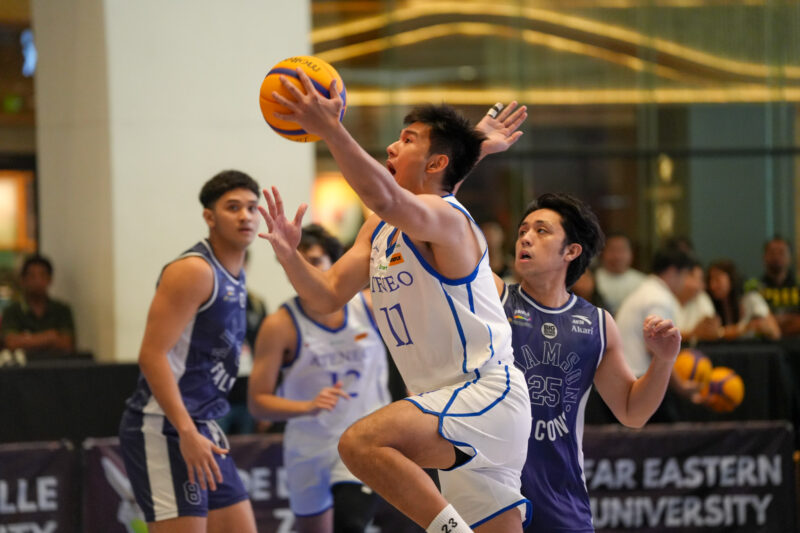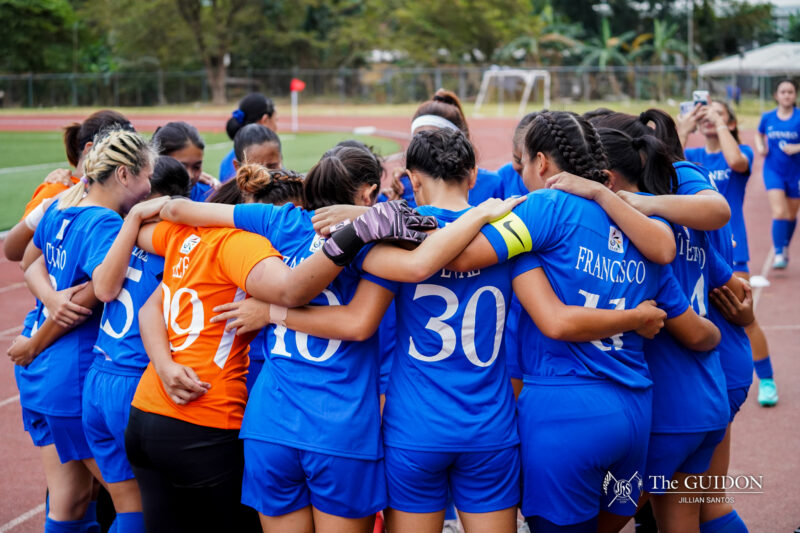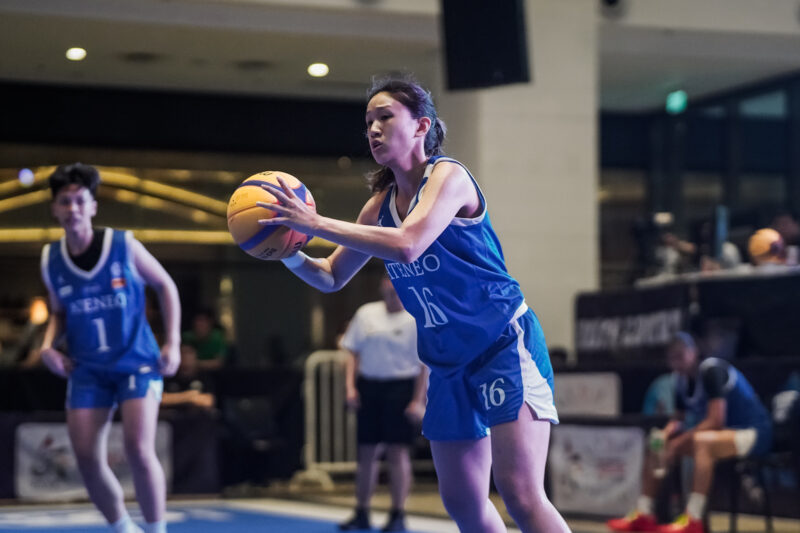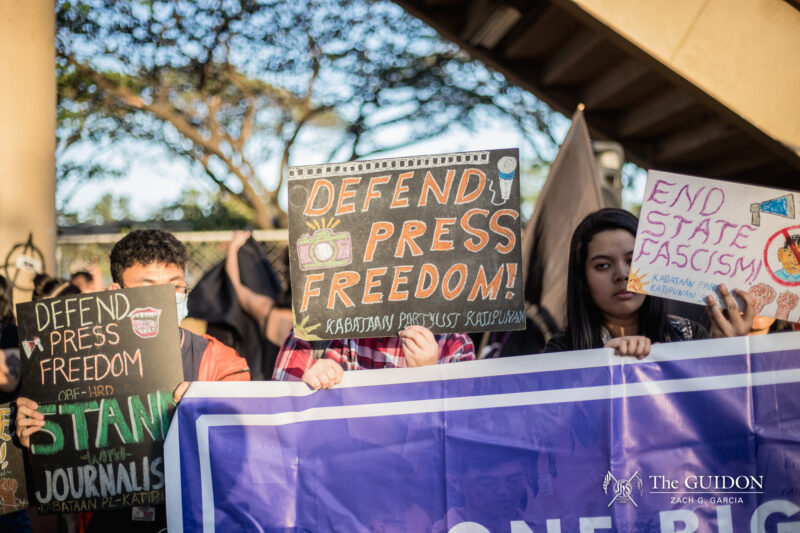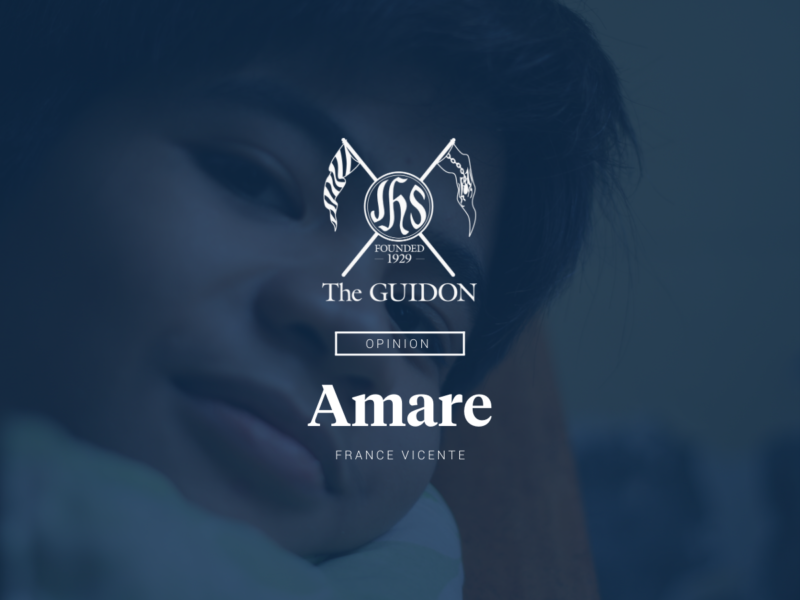A QUICK look at the history of sports shows that it has never really existed in a vacuum. African-American track star Jesse Owens crushed Hitler’s myth of Aryan supremacy in the 1936 Olympics by notching four Gold over Nazi Germany. Thirty years later, Muhammad Ali used his platform as the most famous boxer in the world to influence the civil rights movement, publically speaking out on the system of oppression that victimized African-Americans in the 1960s. Billie Jean King fought bravely for equality for female tennis players throughout the 1970s, most notably through her defeat of male chauvinist and tennis player Bobby Riggs in the “Battle of the Sexes,” and continued to be a crusader for women’s rights long after. More recently, basketball icons Lebron James, Carmelo Anthony, Dwyane Wade, and Chris Paul took the stage with millions watching to speak about racially-spurred police brutality in 2016. The list goes on and on.
Atenean athletes are no stranger to this kind of societal influence, albeit at a much more localized scale. Their impact extends beyond games and championships won; countless instances over the course of the school’s history have proven that sports is a fitting medium for empowerment.
These athletes’ pursuit of excellence and commitment to a greater cause has been well-chronicled over time. As such, this photo essay, in line with The GUIDON’s 90th anniversary, aims to take a closer look at how various Lady and Blue Eagles have paved the way for greater strides in Philippine sports and society.
The Blue Eagles take a stand against injustice
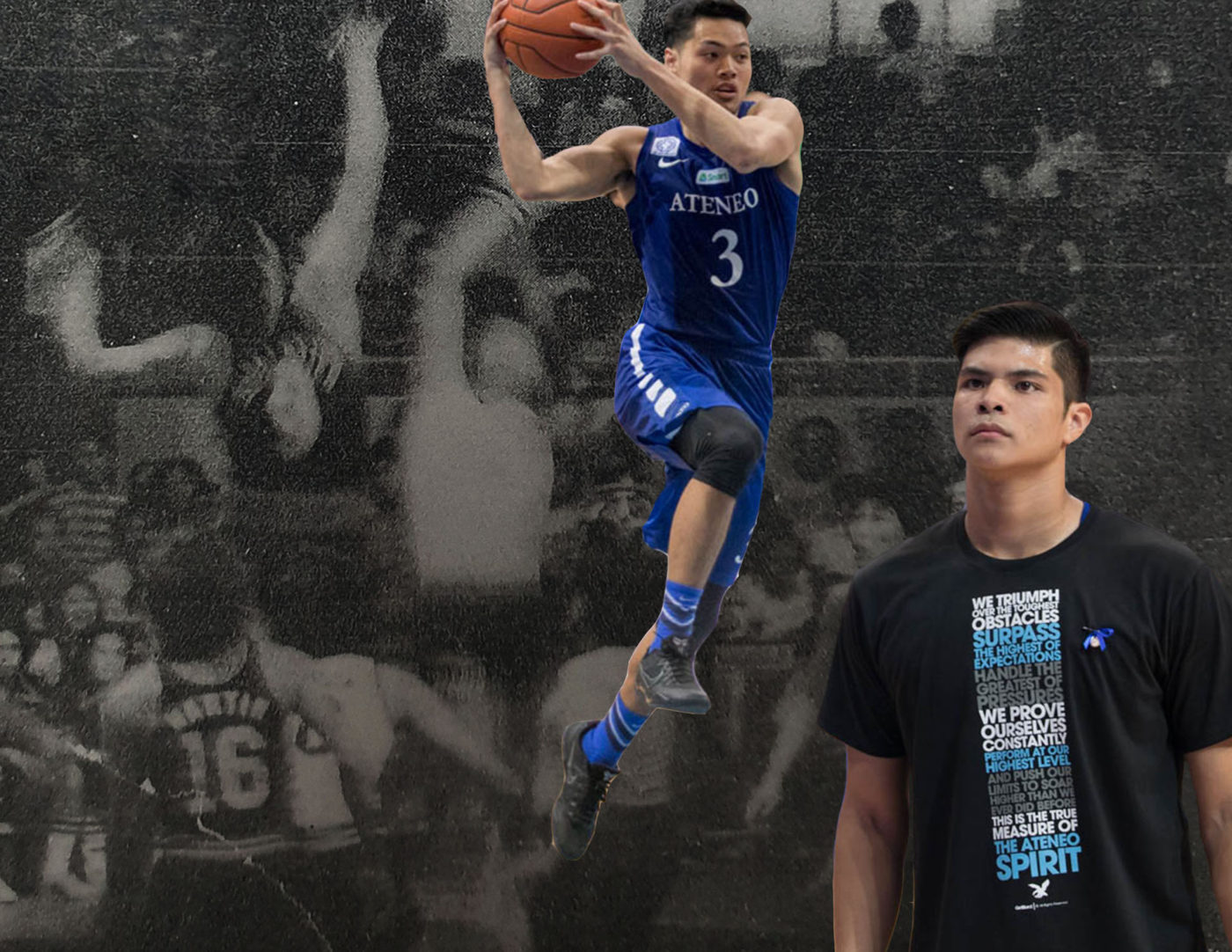
October 2, 2016 was a significant day for the Ateneo Blue Eagles. It was their first Season 79 battle against their rival the De La Salle University (DLSU) Green Archers, who stood at a perfect 6-0 at the time. This also marked their first match against Ben Mbala—arguably the most dominant player Philippine collegiate basketball has ever seen.
Many speculations surrounded the match: Would the Blue Eagles fall prey to Mbala and the “Mayhem” Green Archers, much like the six teams before them? Who will prevail in the battle between the two first-year head coaches, Tab Baldwin or Aldin Ayo? How good is this raw and untested Blue Eagles squad?
For all the intrigue about the actual game, however, there were more pressing events unfolding across the nation: Human rights violations from countless extrajudicial killings were rampant; former Dictator Ferdinand Marcos was set to be buried in the Libingan ng mga Bayani; and protests and cries for justice were growing in strength.
In response, the Ateneo Blue Eagles took a page from the LeBron James playbook and used their platform for good. The team decided to don black warm-up shirts—in response to the invitation extended by the administrative bodies of both Ateneo and De La Salle University—before the match as a gesture of solidarity with the victims of human rights violations and Martial Law. This, predictably, drew mixed reactions. There were those who applauded the athletes for using their platform for good, but many rejected the gesture because of the long-held belief that sports and politics should not mix.
However, the Ateneo Blue Eagles’ simple, yet significant gesture may be interpreted as a stand on morality rather than a stand on politics. It was heeding to a call for unity—a gesture that showed the thousands watching inside the arena and the millions watching on television that Ateneo was not going to remain silent. Seeing Filipino athletes, especially at the collegiate level, leverage their platform for a greater cause was unprecedented.
Ateneo went on to lose the match by a considerable margin, but the score and result did not matter much that day. Some things are bigger than basketball.
Jarvey Gayoso proves that the future of football is closer to home
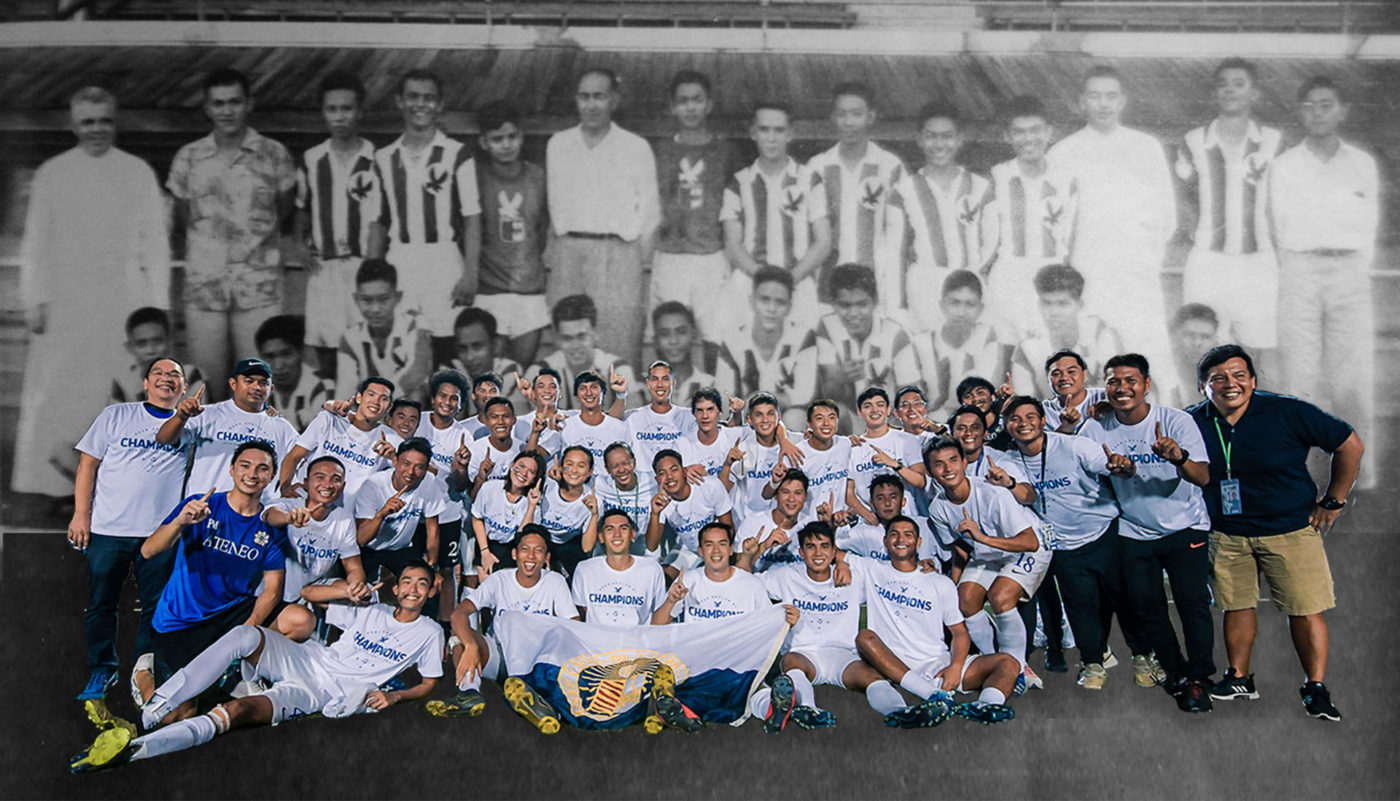
In the world of football, nurturing homegrown talent is widely understood to be the key to sustainable success. It’s a tried and tested formula; many World Cup winners and the traditional superpowers in the sport are supported by excellent national youth training programs and professional club academies. The common denominator, and arguably the most crucial one in these countries’ successes, is a willingness to trust these laboratories of football talent as they funnel talented players into their country’s national teams.
However, this international norm is yet to be realized in the local setting. Over the past few years, the possibility of creating a football foundation for the Filipino youth has become a central topic of discussion in the development of Philippine football. The height of the Azkals fever fell between 2011 and 2013, which saw the Philippines leap from #159 to #127 in the Fédération Internationale de Football Association World Rankings. Since then, the Philippine Football Federation made big plans to invest in grassroots football and set up a national professional league to prime local talent to compete on the international stage.
In practice, however, the senior national team still appears to be reliant on hopeful call-ups to Fil-foreigners who ply their trade abroad to fill in roster spots. Just last year, the Azkals set out to recruit six more Fil-foreigners to bolster their roster—already stacked with foreign call-ups—for the 2018 Asian Football Federation (AFF) Suzuki Cup. It, then, becomes more difficult for homegrown players to find a place in the national team. Ateneo striker Jarvey Gayoso may be the exception.
At age 22, Jarvey Gayoso has won two University Athletic Association of the Philippines (UAAP) championships, two Most Valuable Player (MVP) Awards, four consecutive Best Striker awards and scored a total of 50 goals in just four seasons playing for the Blue and White. Besides sealing another UAAP title in Season 81, Gayoso’s achievements earned him a call-up to the senior national team’s roster, the same territory barely tread by young local stars before him, for the 2018 Bangabandhu Cup in Bangladesh. In the Azkals’ first tournament match against Laos, Gayoso’s debut as a full international, he scored.
As the only collegiate player on the roster, Gayoso’s inclusion and success were significant for much more than the tournament’s results. In many ways, it was a statement—the irrefutable evidence that investing and trusting in young, homegrown players matters and, more importantly, can produce outstanding results.
In the early 1950s, Ateneo also had a talismanic striker in its ranks: Dick Chua. Chua reached cult status as a member of the back-to-back National Collegiate Athletics Association (NCAA) title teams in 1953 and 1954. He is primarily remembered for scoring the lone goal in the 1954 Finals match against Mapua and being part of the impressive assembly of young, local talent in the Ateneo teams of that era. This group also included his teammates Vic Sison and Ed Ocampo, both of whom played for the Philippines at the international level.
Similarly, Gayoso’s teammates on the 2018 championship side AJ Arcilla and William Grierson played at U-22 level for the country last February. Jayrah Rocha donned national colors at U-23 level in 2017, while a host of younger players on the team make a strong case for future inclusion.
Filipino players blessed with talent and exciting potential, just like those of Ateneo’s fabled 50s teams, last year’s championship side, and many in between, are too precious to let slip through the cracks. History has shown that Ateneo has consistently produced players worthy of representing the nation, or at the very least, a shot at it.
If Philippine football bet on its youngsters, then perhaps, like Jarvey Gayoso’s 53rd minute header against Laos, that shot might just ripple the net.
Alyssa Valdez and the Lady Eagles vitalize volleyball in the Philippines
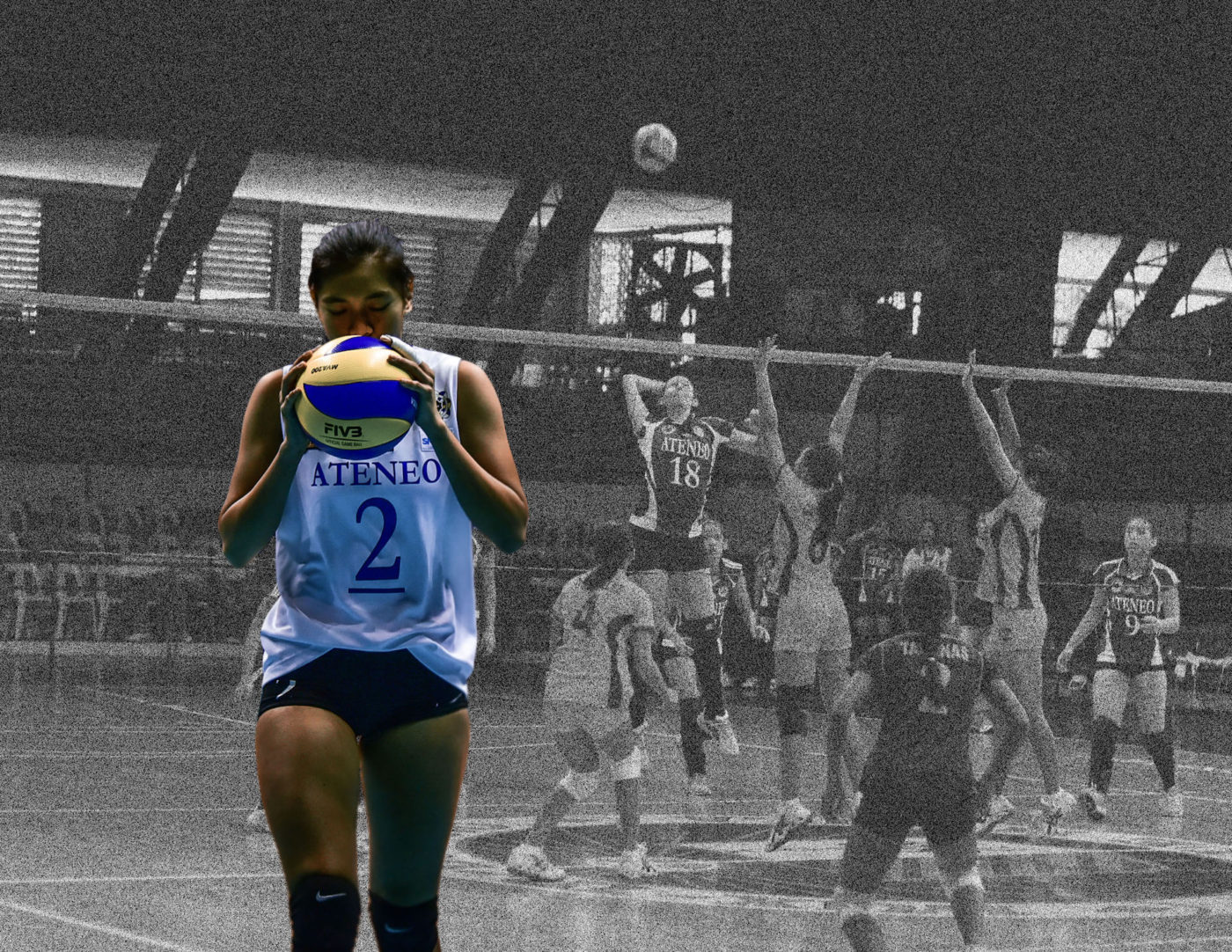
The arbitrary title of “second biggest sport in the Philippines” has changed hands over time. When Manny Pacquiao was at his prime, he not only contributed to lowering the Philippines’ crime rates through his must-see bouts, but also boosted boxing as the most popular sport in the country behind basketball. Football turned into an overnight sensation in the country when the national team, led by Phil and James Younghusband, defeated the heavily-favored Vietnam in the 2010 ASEAN Football Federation Suzuki Cup. Billiards and bowling, bannered by Efren Bata Reyes’ 1999 World 9 Ball Title and Paeng Nepomuceno’s world record as the youngest bowling champion ever in 1976 also had their time in the spotlight.
In recent years, volleyball has made a relatively strong case to claim that title. In terms of sheer viewership, no other sport—aside from basketball—has come close. UAAP Women’s Volleyball matches have packed the massive, 20,000-person capacity Mall of Asia Arena, drawn record-breaking television ratings, and induced Twitter virality during games.
Volleyball’s rapid ascent in such a short span of time is nothing short of incredible. UAAP Volleyball only began to get televised in 2006, when the sport was moved from the first to second semester—freeing volleyball from the shadow cast by men’s basketball.
The intense rivalry between the Ateneo Lady Eagles and De La Salle Lady Archers in 2010 helped lift volleyball in the Philippines to new heights. From 2012 to 2017, the two squads met six times in the finals, with La Salle opening and capping the six-year run with a pair of two-peats in Seasons 74, 75, 78, and 79; then later on with Ateneo notching a two-peat of their own in Season 76 and 77. Those finals skirmishes produced many household names, including Lady Archer Mika Reyes and Lady Eagle Denden Lazaro.
But arguably the most notable name from them all is Alyssa Valdez. Her incredible resume speaks for itself: Three MVPs, four-time Best Scorer, three-time Best Server, and a Finals MVP in 2014. Her dominant style-of-play captivated thousands in the Philippines, earning her a place as one of the greatest volleyball players the UAAP has ever seen. Much like how kids who grew up watching Michael Jordan wanted to Be Like Mike when he dominated basketball in the 1990s, the same can be said for the kids who witnessed Valdez lay waste to the rest of the league. Kids want to emulate Valdez and the other stars of UAAP Volleyball, which makes it no surprise that volleyball now enjoys one of the widest participation of any sport at the grassroots level in the Philippines.
Valdez helped put the sport on the map, serving as volleyball’s most popular athlete in the Philippines. Every sport needs an ambassador or figure to rally behind to surface in the mainstream. For the longest time, volleyball didn’t have that seminal figure. But the sheer dominance of Valdez during her five-year run in the UAAP brought a face that people could recognize when they watch the game of volleyball. Alyssa Valdez helped turn volleyball into the national phenomenon that it is today—and the sport is showing no signs of slowing down.
Whether they’re aware of it or not, the actions of these Atenean athletes, as well as those before and after them, contribute to a larger picture of society across different moments in time. These milestones are proof that while sports continues to captivate and inspire us with athletic feats and chances at glory, it can also serve as a powerful tool to remember our collective past, shed light on things that need to be changed, and take a stand for a better way forward.
Editor’s note:
The GUIDON Sports remains fully committed to covering fair all of Ateneo’s sports. However, the availability of archived photos and reliable sources largely determined which sports could be featured in this article. We hope to feature a wider range of sports in our succeeding stories.


